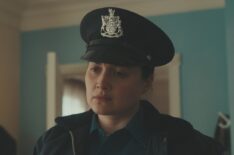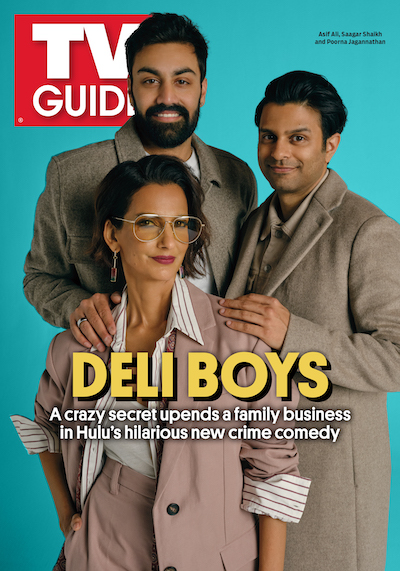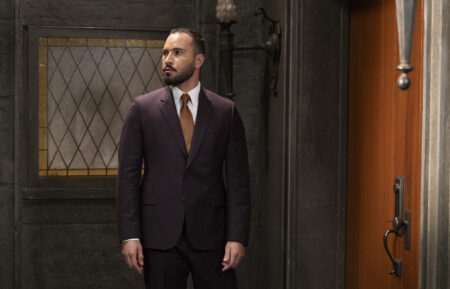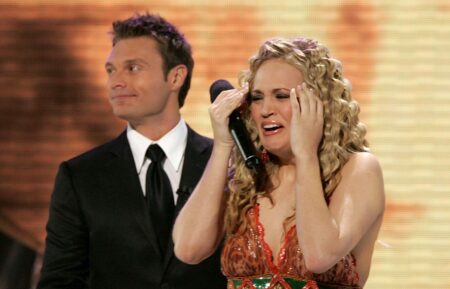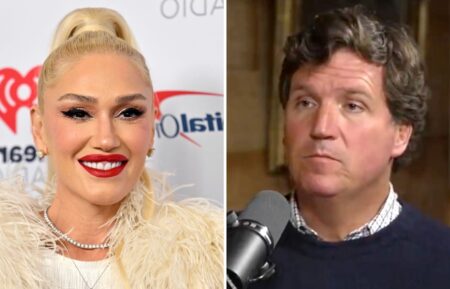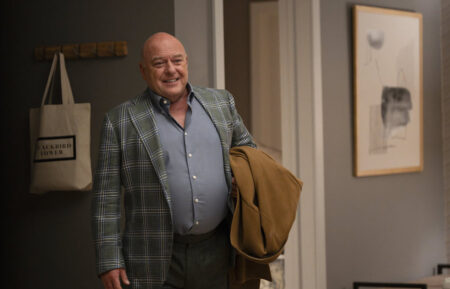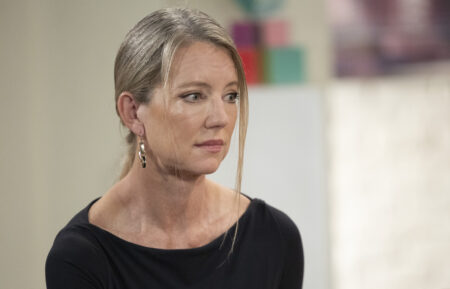‘Under the Bridge’ Is a True-Crime Story That ‘Reckons With the Trauma of Childhood’
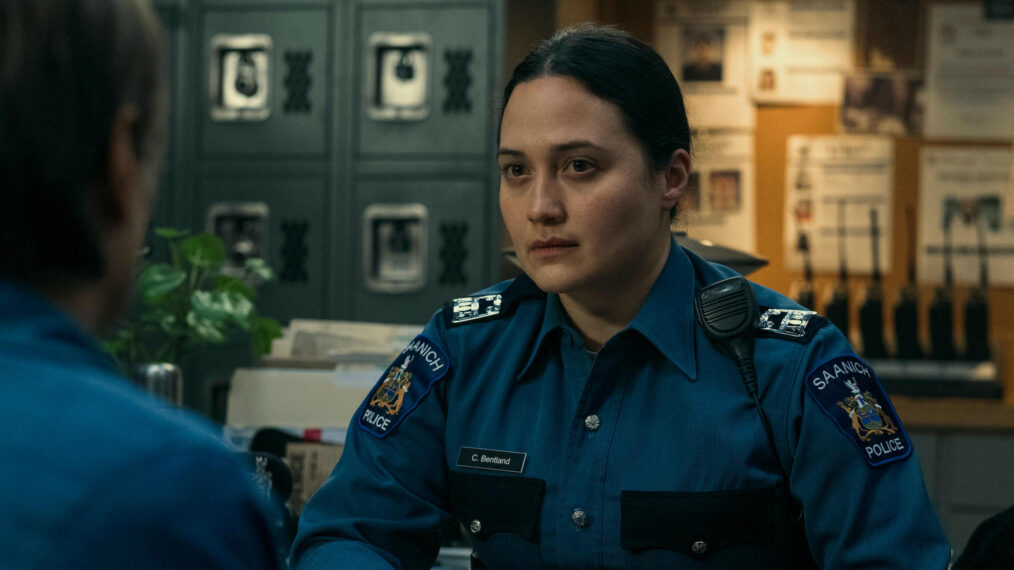
Premiere
In 1997, the murder of 14-year-old Reena Virk by a fellow group of British Columbia teens sparked a media frenzy, and the ensuing scrutiny shed a spotlight on the problem of bullying and violence among girls. But Hulu’s new true-crime series Under the Bridge, inspired by Rebecca Godfrey’s 2005 nonfiction book, digs deeper into the complex realities behind the sensational Canadian killing and the media blindspots about race, class, xenophobia, and poverty that underpinned it. “It’s a more feminine and sensitive take on a crime story that reckons with the trauma of childhood,” says creator Quinn Shephard during a recent Zoom interview, alongside showrunner Samir Mehta. “It’s about understanding how and why violence like this occurs in youth and what steps we need to take to break those cycles.”
The drama, which stars Killers of the Flower Moon Oscar nominee Lily Gladstone and Daisy Jones & The Six’s Riley Keough, zooms out to show the various puzzle pieces surrounding Reena’s life and the crime. Those include Reena (Vritika Gupta)’s deteriorating relationship with her religiously-devoted mother Suman (Archie Panjabi, The Good Wife) and Indian immigrant father Manjit (Ezra Faroque Khan), and her desire to belong among a clique of troubled girls, including vicious queen-bee Josephine (Chloe Guidry), the scheming Kelly (Izzy G.) and reluctant follower Dusty (Aiyana Goodfellow). “This is a crime that could not have happened had it not been for the age of the people involved,” Shephard says. “The perpetrators were between 14 and 16 years old and a lot of them were foster kids and kids with really bad home lives. [We wanted viewers] to understand the level of fantasy and reality and anger about their parents. The tragedy is how a tiny teenage rivalry can escalate to the level of intensity like the mafia, that vying for power.”
While peer pressure and teenage hazing can be fierce, the allure of being part of a high school clique is often irresistible. “The theme of being abandoned is what leads to this need for a created family,” Shephard says. “The show has tenderness around the tragedy because you get to unpack how a lot of these kids were searching for a sense of created family.”
“A theme that ripples through almost every episode is this need to belong,” Mehta says. “Every character in some way is reaching out, looking for someone to accept them in some way.”
To provide an adult perspective, Shephard, Mehta, and the writers turned Godfrey (Keough), the author, into a character in Under the Bridge and created the fictional police detective, Cam Bentland (Gladstone), a woman who grew up in town in an adopted white family. Rebecca and Cam, who were intimately involved in high school but have been estranged for years, team up to help solve the case.
In real life, Godfrey grew up in the same area of British Columbia as Reena, near where the crime happened, and was not a crime journalist before writing this book. That allowed her an entry into the girls’ world. “She was young and edgy and fit in with these teens, and they confided in her in a way they probably wouldn’t with other journalists,” Mehta says. “She was able to go undercover into their world and get a version of the story that only she could.”
Threading in Godfrey’s perspective, Shephard says, allows the audience to “unpack their own conflicting emotions about what’s going on and and to zoom out on the blind spots that went into the telling of this story and the media coverage of this crime in the ’90s.”
“Someone like Rebecca Godfrey was really sensitive about, ‘Oh, the media is sensationalizing the story and making the teens archetypes,’ so that ‘Queen Bee Kills Outcast’ is the story. But she was like, ‘These are complex kids. A lot of them are foster kids. They have troubled lives. These are the kind of girls I hung out with in school.’ But then Rebecca also didn’t really touch on the fact that the crime was racially motivated and didn’t explore that as much in her book.”
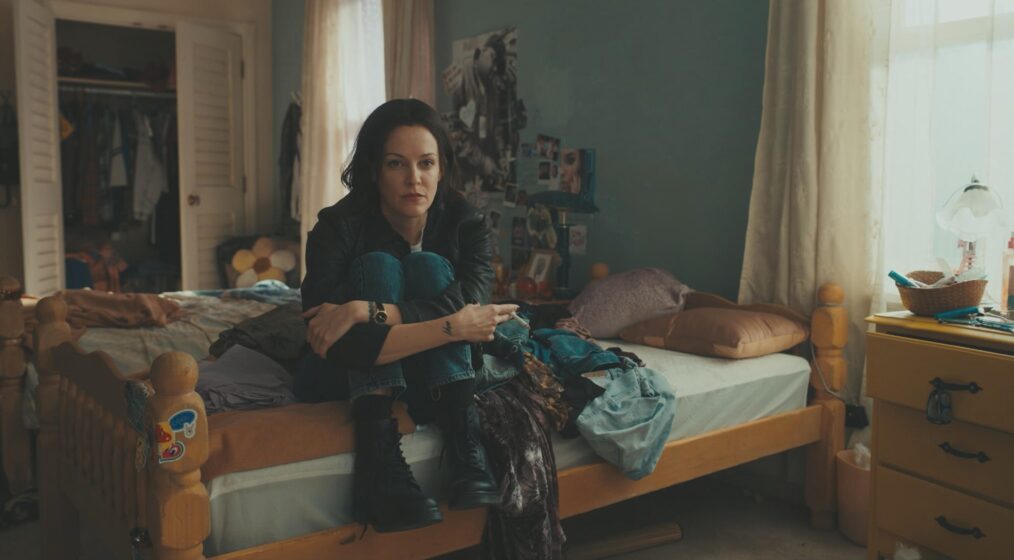
Hulu
To fill in that perspective, it was paramount to honor Reena and create a fleshed out character. A rebellious, outcast teenager, Reena had tried to befriend the clique of girls, several of whom lived in a group home for kids. Initially, they drew her in, but then turned against her. “A lot of the coverage just painted her as the victim,” Mehta says. “We wanted to understand who she was as a person, to see her alive and understand how she came to believe that these [other girls] were her friends.”
The fictional character of Cam, an indigenous woman who grew up as the adopted child of white parents (including a police chief father and a detective brother), allowed the writers to create a foil for Rebecca and a contrast to her perspective. She’s also someone who has a close connection to the girls being put under the microscope by her fellow law enforcement officers. “This case becomes very personal for her. So a big part of her arc is coming to understand why that is,” Mehta says. “Sometimes who you are in childhood crystallizes in a way that you’re not even aware of. Then you look back and you have to reckon with, OK, who did I end up becoming through a series of circumstances that weren’t exactly my choice? And what do I want to do about that now that I’ve become conscious of it? I think Lily [Gladstone] is particularly great at capturing this theme.”
Indeed, like the girls at the center of the story, Rebecca and Cam are grappling with their own painful childhoods. — “those traumas that happen when we’re kids that shape who we become” — as they investigate the truth of what really happened the night that Reena Virk was killed.
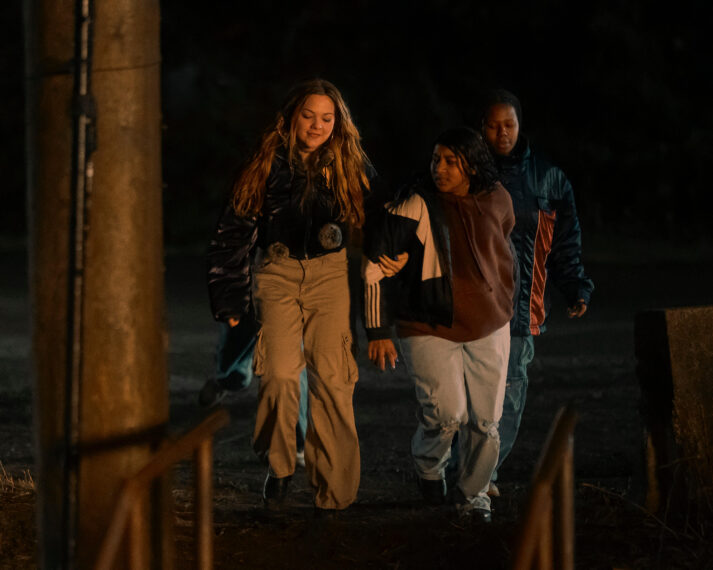
Darko Sikman/Hulu
“For me, childhood was the time when I felt my emotions the most intensely, and the stakes of my life felt like they could not be higher,” Shephard says. “And Rebecca had many people in her life pointing out how she told this story and why she got so obsessed with it might be linked to her own childhood experiences in that town and her own loss.”
She adds, “A lot of people are shaped by and impacted forever by the things that happened to them as kids. The formative experiences of youth have a ripple effect, I think, on who you end up becoming in your adult life. And if as a society, we can work on those being more positive experiences, then maybe the adult life can be positive.”
Under the Bridge, Wednesdays, Hulu
From TV Guide Magazine
Crime, Comedy & Convenience Stores: Unwrapping Hulu's 'Deli Boys' With the Cast
Cupcakes, corndogs…and cocaine?! Two brothers find themselves in a hilarious pickle when they inherit an unseemly bodega biz in Hulu’s new comedy Deli Boys. Find out how The Sopranos and Real Housewives of Orange County influenced the cast. Read the story now on TV Insider.

